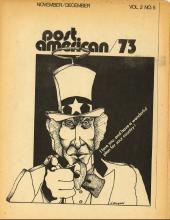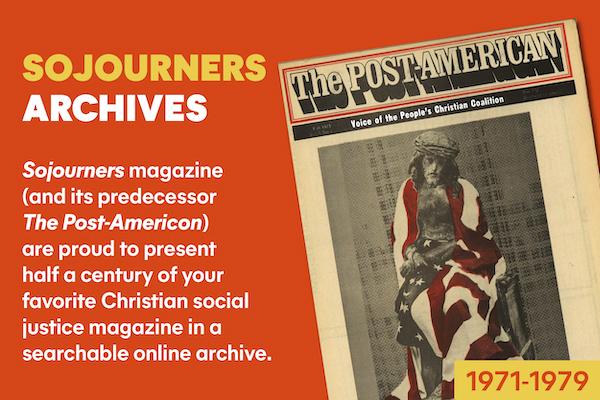A great deal has already been written about America’s involvement throughout the world and for that reason I am hesitant to write another article on the subject. With so much analysis around, one runs into the danger of the “paralysis of analysis” as Dr. Martin Luther King so aptly put it. Analysis without action that changes situations is fruitless; this is especially true for the Christian, for knowledge in the Biblical sense always involves ethical response, whether it is knowledge about God, or about our neighbors and enemies. There are, however, compelling reasons to take up my pen and write about the subject of the United States economic empire, or American globalism, because as C. Wright Mills once said, “When little is known, or only trivial items publicized, or when myths prevail, the plain description becomes a radical fact …” Mills’ statement accurately describes the shallow understanding Americans have about overseas economic involvement, and is particularly true of those, who like myself, come from a conservative Christian background. So in this instance, analysis is a pressing necessity, but only if it results in changes in the way we live our lives as Christians in the world, particularly as Christians living in the most powerful nation in the world.
Read the Full Article
To continue reading this article — and get full access to all our magazine content — subscribe now for as little as $4.95. Your subscription helps sustain our nonprofit journalism and allows us to pay authors for their terrific work! Thank you for your support.
Already a subscriber?
Login

